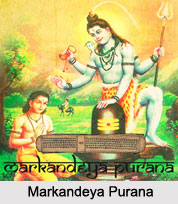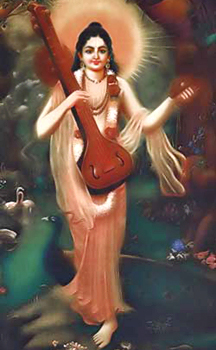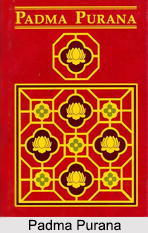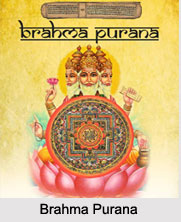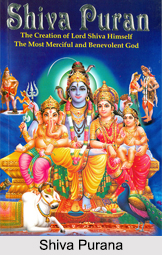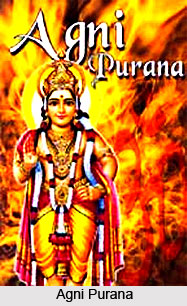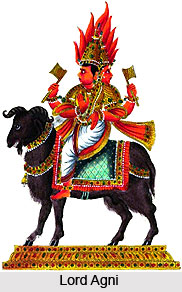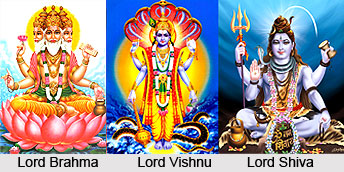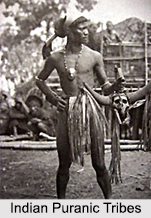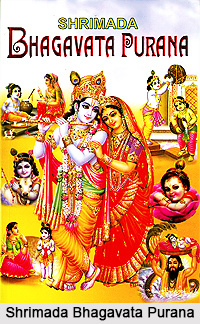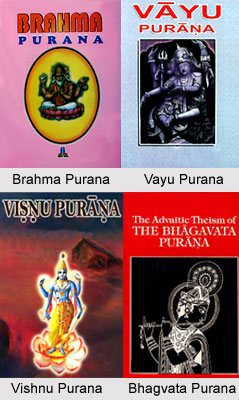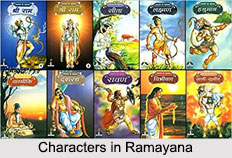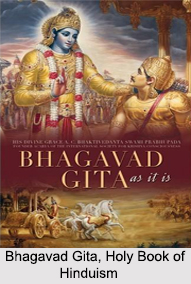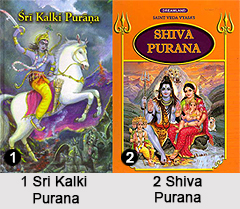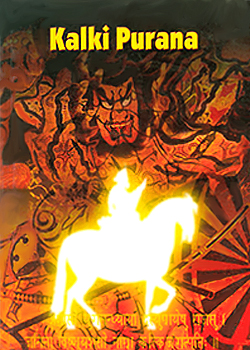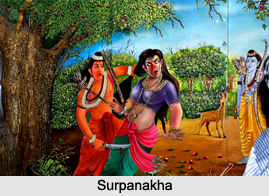Rites for the dead lead one to heaven as given in Garuda Purana. When the personified body leaves the ordinary body then, near to a holy basil tree one should make a ring with cow dung. After scattering sesame seeds, he should strew darbha-grass and then have the Shalagrama stone placed on the cleaned platform. Liberation is inevitable for the human being who dies near the Shalagrama stone, which removes all ills and sins.
Lord Yama is not able to see the deceased who gives up his life while having holy basil shoot, though he might have committed hundreds of sins. The man who dies with a leaf of it in his mouth goes to heaven. Sesame, darbha-grasses and holy basil are three holy things that prevent an ailing man from going to a miserable condition.
Brahma is seated at the root of the Kusa-grass; in the middle of the Kusa is Janardana; at the tip of the Kusa is Sankardeva. Kusa, fire, mantras, holy basil; Brahmans and cows do not lose their purity by being used. Darbha-grass becomes unclean with rice-balls. Brahmans become unclean by eating the offerings for the departed.
The dead man should be laid on the ground cleaned with cow-dung and spread over with darbha-grasses. Upon the ring stand Brahma, Vishnu, Rudra and Sacrificial Fire that make one ring. The ground must be pure with no stains at all. It is considered that demons, goblins, elementals, spooks and followers of Lord Yama enter an impure place.
Without this ring one should not perform offerings to fire.
Thereafter the dead body should be placed on the cleaned ground. Gold and jewels should be put on his lips and give him the Shalagrama. Then one should give the water of the Ganges to him which wipes out all sins. Therefore he should consider, salute, keep in mind the Ganges and drink its water. Repetition of Vedas and the Upanishads bring liberation at death to Brahmans, Kshatriyas and Vaishyas. Yogins go through an opening in the head. When Breath departs, the body falls like a tree with no support and stricken by time. The motionless body, left by the vital breath, becomes hateful and unfit to touch as foul smells arise in it that is disliked by everybody.
The individual possessing all the senses cling to desire and love, surrounded by the case of karma. It enters a new body created by his karma. The deceased with shining garments and garlands attains heaven as well as honoured by the Holy Ones.

